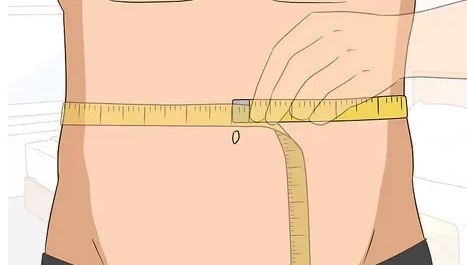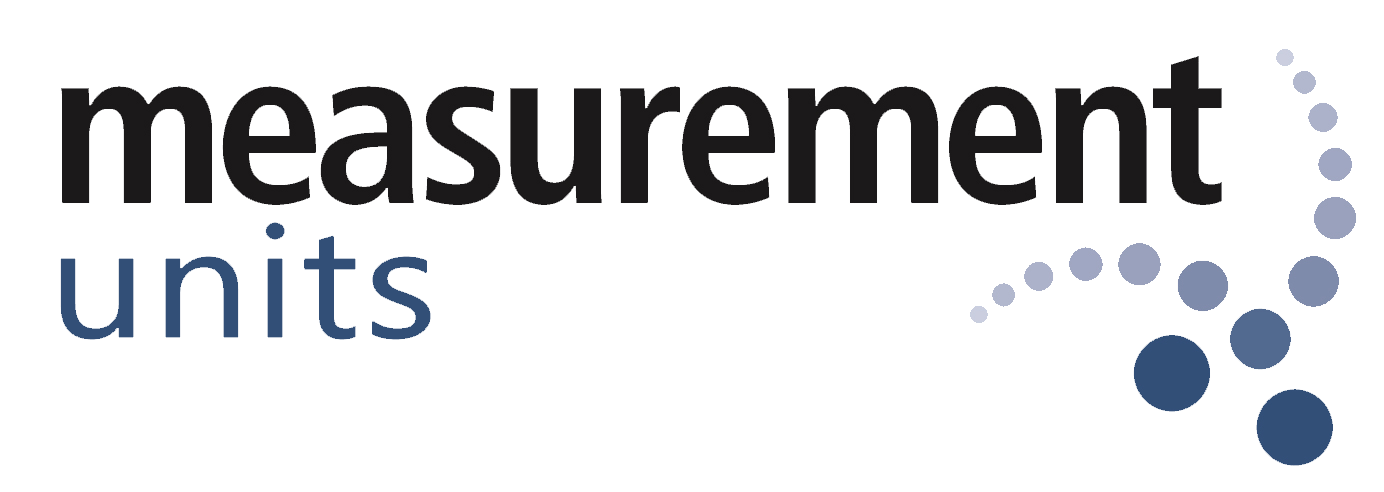Finding the right belt size can be a challenge, especially if you’re unsure about your measurements or how to choose the perfect fit. In the UK, belt sizes are typically measured in inches and are determined by your waist size. Understanding your belt size is important for ensuring comfort, style, and a polished appearance.
In this comprehensive guide, we’ll explore the different methods of measuring belt size, choosing the right size, and tips for buying the perfect belt.
Importance of Knowing Your Belt Size
Knowing your belt size is essential for several reasons:
- Proper Fit: A well-fitting belt will enhance your overall appearance and prevent discomfort. A belt that is too tight can restrict movement and cause pain, while a belt that is too loose can look sloppy and unkempt.
- Comfort: A properly sized belt should sit comfortably at your waist without feeling too tight or too loose. This ensures that you can wear it for extended periods without experiencing any discomfort.
- Style: A belt can be a stylish accessory that complements your outfit. Choosing the right size will help you achieve a polished and professional look.
Common Belt Sizes in the UK Market
Belts in the UK market are generally available in a range of sizes, commonly starting from 28 inches and going up to 48 inches or more. Each belt size usually covers a range of waist measurements, allowing for a comfortable fit at different points. For example, a belt labeled as “34 inches” typically fits waist sizes ranging from 32 to 36 inches, depending on the manufacturer.
Understanding these standards is crucial, especially when shopping online, where you don’t have the chance to try the belt on before purchasing.
Steps to Measure Your Belt Size
To find your perfect belt size, follow these simple steps:
Step 1: Gather Necessary Tools
Before you begin, make sure you have the following items:
- A flexible measuring tape (preferably in inches, as most UK belt sizes are measured in inches).
- A belt you currently wear that fits well (optional but helpful for reference).
- A notepad or smartphone to jot down your measurements.

Image source: propercloth.com
Step 2: Measuring an Existing Belt
One of the easiest ways to determine your belt size is to measure a belt you already own that fits you well. Here’s how to do it:
- Lay the Belt Flat: Place the belt on a flat surface.
- Measure from the Buckle: Start measuring from where the belt buckle meets the belt strap.
- Measure to the Most Used Hole: Extend the measuring tape along the length of the belt, ending at the hole you use most often. This measurement, in inches, is your belt size.
Example: If the distance from the buckle to the most used hole is 34 inches, then your belt size is 34.
Step 3: Measuring Your Waist Directly
If you don’t have a suitable belt to measure, you can directly measure your waist. Here’s how:
- Find Your Waistline: Stand up straight and locate your natural waistline, which is generally just above your hip bones and below your ribcage. If you’re measuring for a belt to be worn with low-rise jeans, you may want to measure slightly lower on your waist.
- Wrap the Measuring Tape: Wrap the tape measure around your waistline, keeping it parallel to the ground and snug, but not too tight.
- Note the Measurement: Take note of the measurement where the tape meets itself. This is your waist size.
Tip: When measuring, it’s best to measure over the waistband of your trousers or jeans to get a more accurate reading.

Image Source: mobilitytools.co.uk
Step 4: Choosing the Right Size Based on Your Measurements
Once you have your waist or belt measurement, you can choose the correct belt size. In the UK, it’s generally advised to buy a belt that is 2 inches larger than your measured waist size.
Example: If your waist measures 34 inches, a 36-inch belt will likely provide the most comfortable fit, allowing for adjustments either way.
Tips for Buying the Perfect Belt
- Trying on Belts Before Purchasing: Whenever possible, try on belts before buying them to ensure a proper fit and comfort.
- Checking Belt Quality and Materials: Look for belts made from high-quality materials, such as leather or durable synthetic materials. A well-made belt will last longer and look better over time.
- Considering Belt Buckle Style and Size: The style and size of the belt buckle can also impact your overall appearance. Choose a buckle that complements your outfit and personal style.
Common Mistakes to Avoid
When measuring for a belt, people often make some common mistakes that lead to poor sizing. Here are some errors to avoid:
- Mistake 1: Using Pant Size Instead of Waist Size: Many people mistakenly assume their belt size is the same as their pant size. However, pant sizes don’t always correspond directly to your actual waist measurement, as they can vary by brand and fit style.
- Mistake 2: Ignoring the Type of Buckle: Different belt buckles can affect the length and fit of a belt. When measuring, make sure to account for the length added by the buckle.
- Mistake 3: Not Considering the Material: The material of the belt can also impact the fit. Leather belts may stretch slightly over time, while synthetic materials or those with elastic will have different properties. Consider the material when choosing your size to ensure comfort and durability.
Conclusion
Finding the right belt size is an important step in achieving a polished and professional look. By following the methods outlined in this guide, you can accurately measure your belt size and choose the perfect belt for your needs.
Remember to consider your waist measurement, belt width, and personal preferences when selecting a belt. With a little effort, you can find a belt that fits comfortably and enhances your style.
Frequently Asked Questions (FAQs)
To find your belt size, measure your waist or an existing belt that fits well. If measuring your waist, wrap a measuring tape around your waist where you usually wear your belt. For an existing belt, measure from the buckle to the most-used hole. Typically, your belt size should be 2 inches larger than your waist measurement.
For a 32-inch waist, a belt size of 34 inches is usually recommended. This allows for a comfortable fit with room for adjustment.
A 100 cm belt size typically corresponds to a belt size of 40 inches. To convert centimeters to inches, divide by 2.54 (100 cm ÷ 2.54 = 39.4 inches, usually rounded to 40).
A 90 cm belt size is roughly equal to 36 inches. This size is typically suitable for someone with a waist measurement of around 34 inches.
